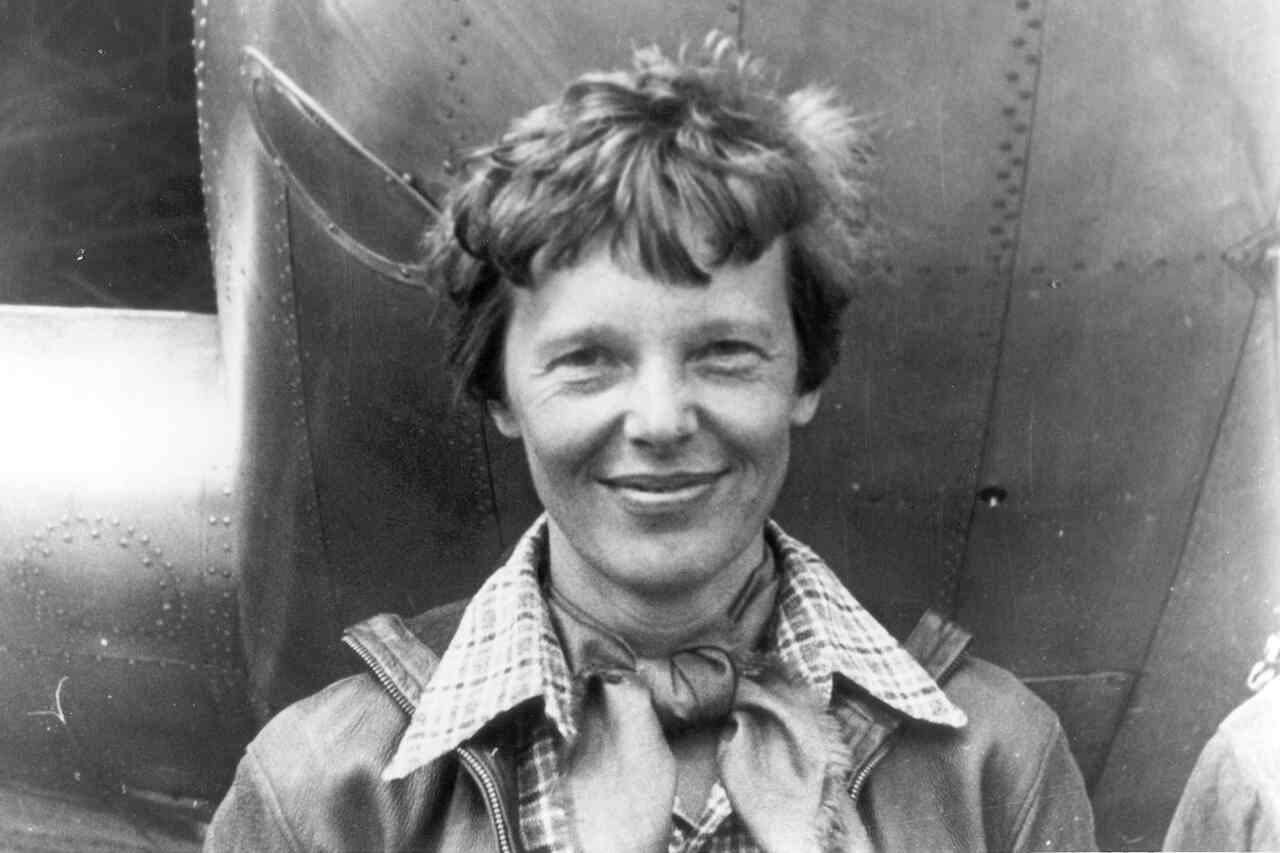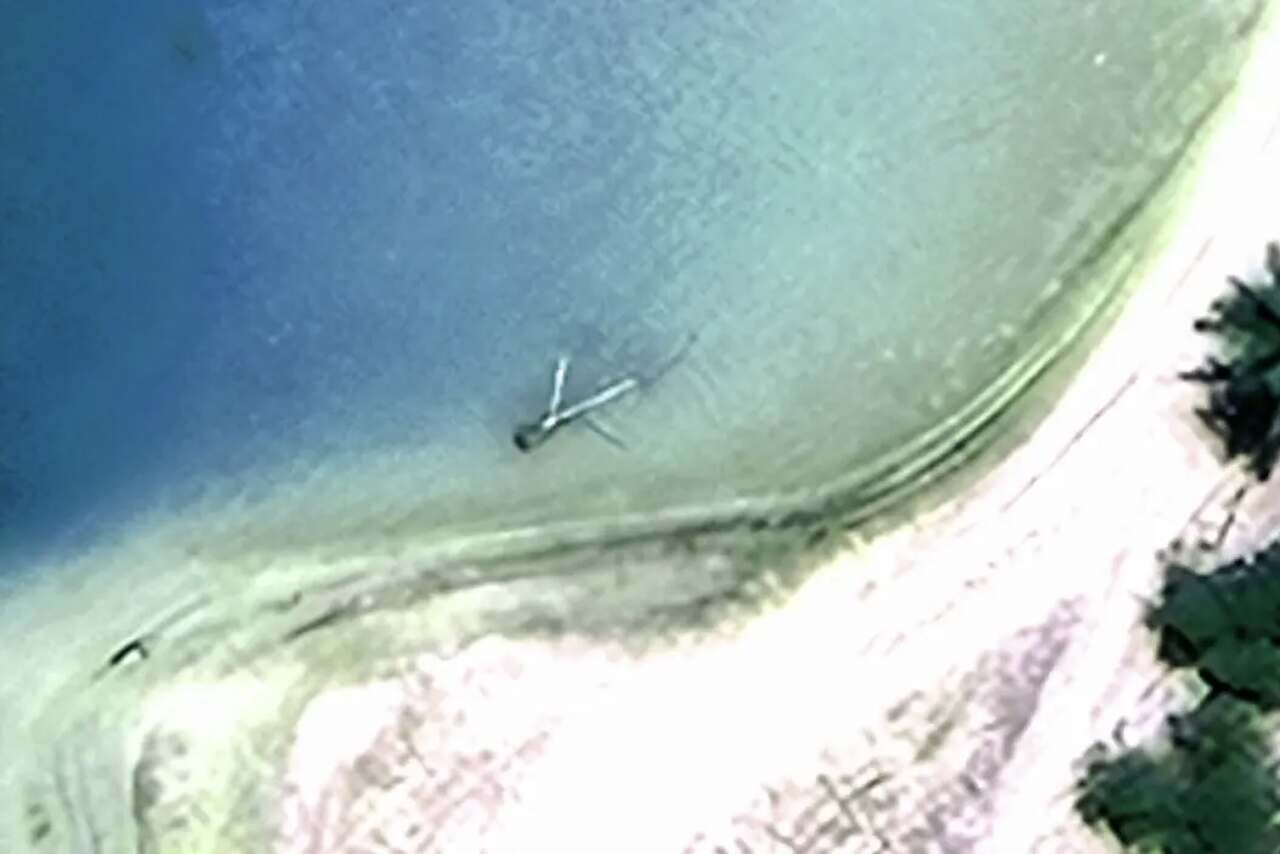Scientists are claiming they have “finally found” Amelia Earhart’s lost plane nearly 90 years after her disappearance.
Researchers from Purdue University said they know where the wreckage is located after coming across a 2015 photo taken in Kiribati, an island in Oceania famous for being the only country with territories in all four hemispheres of the Earth.
Now, a new expedition has been launched to find the wreckage of Earhart’s plane, which disappeared in 1937 after she set out on a journey of over 46,000 km in which she planned to fly around the world in her Lockheed 10-E Electra.
A month after departing on June 1, Amelia was making good progress alongside her co-pilot, Fred Noonan. However, the two vanished on July 2 after leaving New Guinea for a 20-hour flight to Howland Island.

Noonan was declared dead on June 20, 1938, while Earhart was only declared dead on January 5, 1939. The cause of their disappearances remained a mystery, and the plane had never been found — until now.
The satellite photo, taken shortly after a tropical cyclone shifted the sand on Nikumaroro Island in 2015, showed what appeared to be the shape of the explorer’s plane emerging in the sea.
In addition to the image of what became known as the “Taraia object,” scientists noted that they have other evidence suggesting that Nikumaroro Island was Earhart’s final resting place.
For example, a piece believed to be part of the plane’s landing gear, along with fragments of shoes and various other items — including medicine, tools, and freckle cream — were discovered on the island months after her disappearance.

Richard Pettigrewexecutive director of the Institute for Archaeological Heritage in Oregon, said that the size of the object matches that of the plane she was flying, and that the location — along her planned flight route — is where four of her emergency radio calls were made that night.
Speaking to The New York PostPettigrew said this might be “perhaps the greatest chance to finally close the case.” “We have a lot of very strong evidence,” he stated.
“Of course, we won’t be able to prove it until we get there and analyze it. That’s part of the excitement of what we’re doing. We’d be thrilled to come back with proof.”
Photo and video: Public domain / Creative Commons / ArchaeologyChannel.org. This content was created with the help of AI and reviewed by the editorial team.

